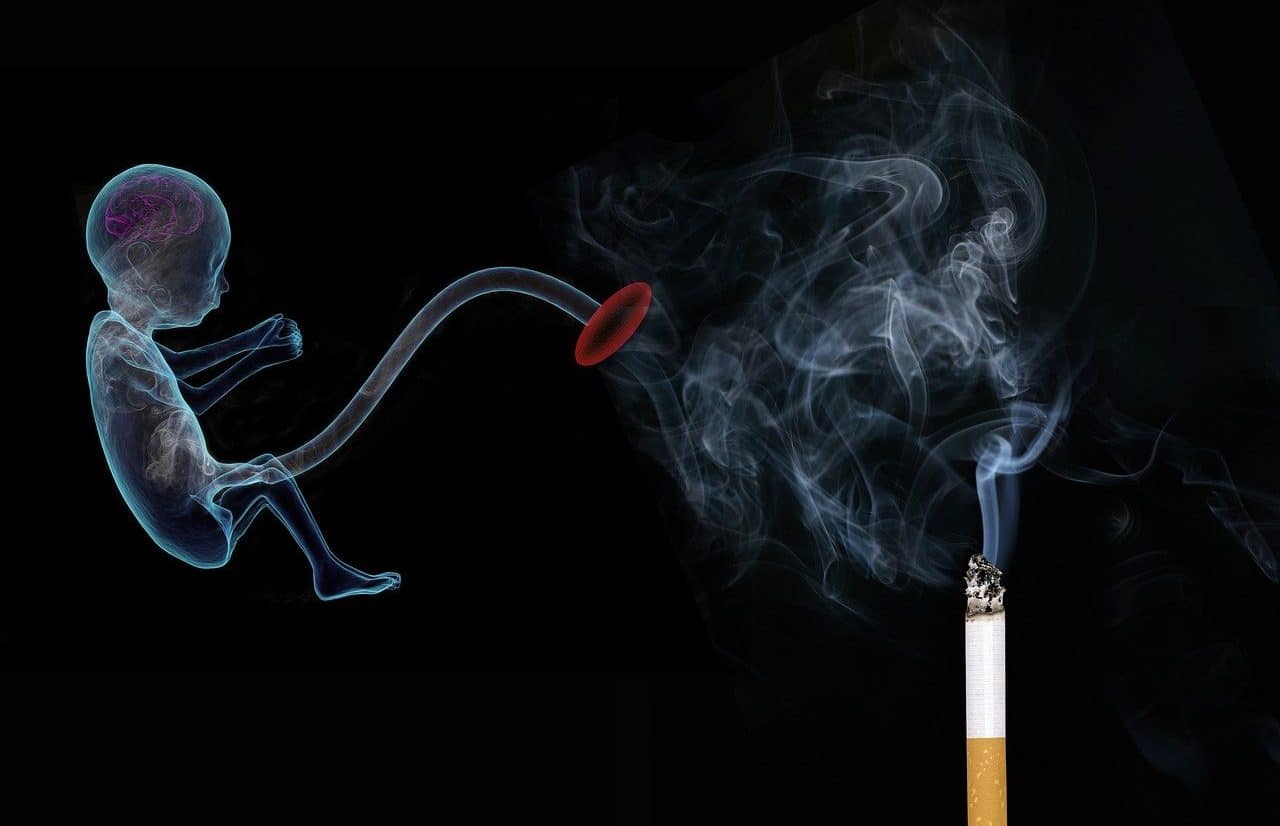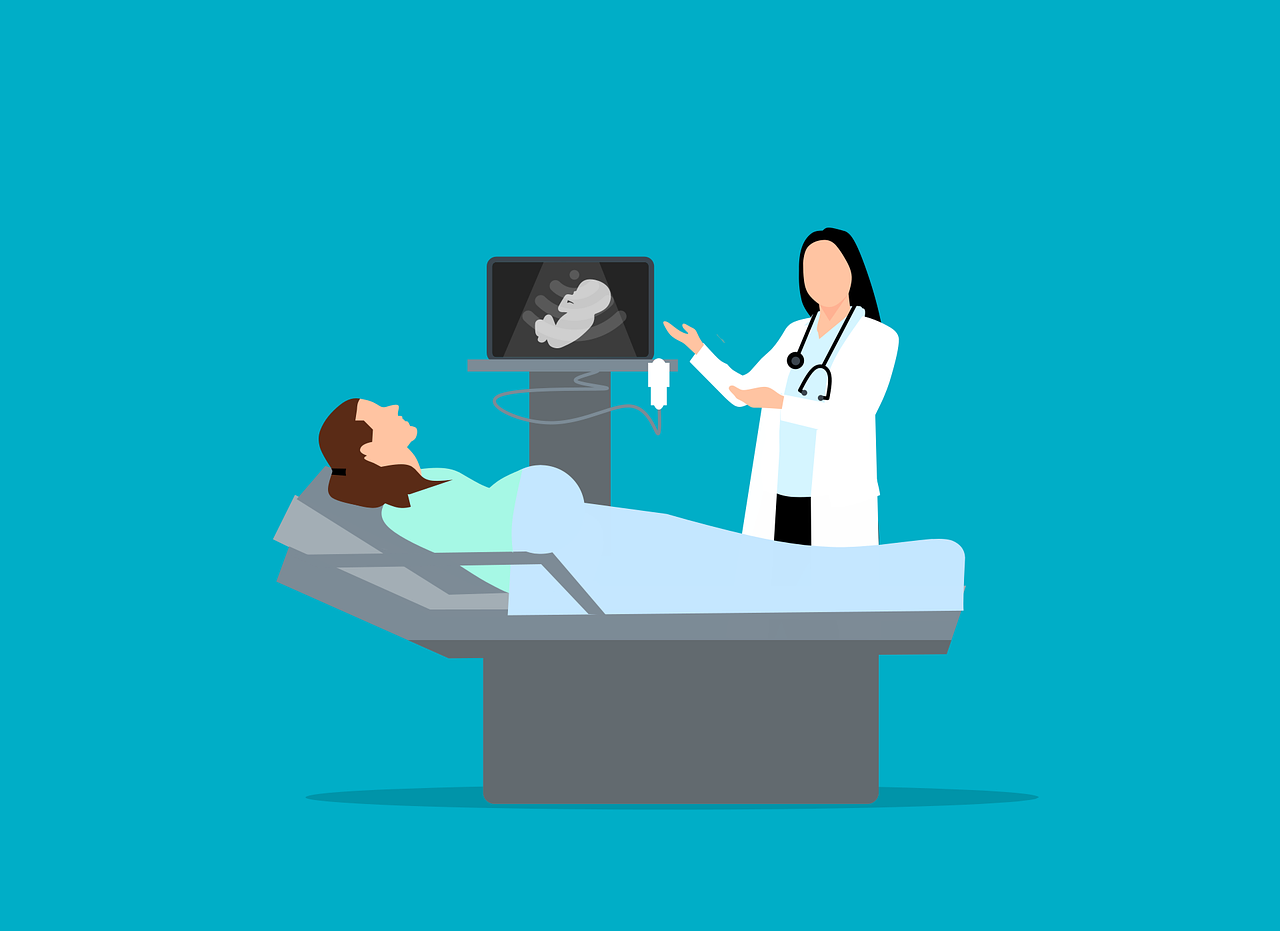
Teratogenesis is the action of an agent that causes a congenital malformation during pregnancy.
Teratogenesis is a concept that is not part of the dictionary of the Royal Spanish Academy ( RAE ), although the publication does recognize the term teratogenic . It is an adjective that qualifies that which causes a deformation or anomaly in the fetus .
In this framework, it is possible to analyze the etymological origin of the notion. It is found in the Greek word teratogen , which is the result of the sum of three components:
- Teratos , which is equivalent to "monster" .
- The verb gen , which can be translated as "produce."
- The suffix -o , used to indicate the "agent" .
What is teratogenesis
Teratogenesis is associated with the action of a teratogenic type agent on an embryo . It may be an organism or a substance that causes a congenital malformation during pregnancy.
In its origins, the notion was applied to alterations in anatomy that could be observed with the naked eye. Over the years, teratogenesis also began to refer to the microscopic changes and functional and behavioral disorders that are generated during pregnancy .

The consequences of teratogenesis can be varied.
Causative agents
Viruses , drugs , radiation , and metabolic changes in the mother are some of the causative agents of teratogenesis.
Alcohol and nicotine , for example, can cause teratogenesis since, according to various studies, they make the child smaller and increase the possibility of developing mental retardation .
A pregnant woman subjected to a high level of radiation can lead to a case of teratogenesis, since the radioactive waves can cause DNA mutation . If the woman eats foods with high doses of pesticides or other chemicals, the fetus can also develop malformations.
Drugs and teratogenesis
Many studies have been carried out to find out whether certain drugs can cause teratogenesis or not. The result of these has been the establishment of several classifications:
- If we start from the frequency, there are frequent, occasional, infrequent or directly non-teratogenic teratogens.
- In the event that the criterion of importance is established, such drugs can be probable, proven, possible, unlikely and non-teratogenic teratogens.
Possible alterations
The alterations that generate teratogenesis are usually classified into two groups: the minor ones , which are those that bring with them delays in the development of the individual's behavior; and the older ones. The latter are included under the name phocomelia and are malformations that are identified by generating the absence of muscular or bone elements in the legs or arms, for example. The result of these malformations is, therefore, that the person directly has a stump in those extremities.
Even certain medications that are beneficial to the mother can become the source of teratogenesis. It has been shown that drugs used to control epilepsy cause spinal damage to the fetus.
Although many of the causes of teratogenesis have been discovered to a large extent, there is still a high percentage of cases in which it is still unknown why it has taken place.
